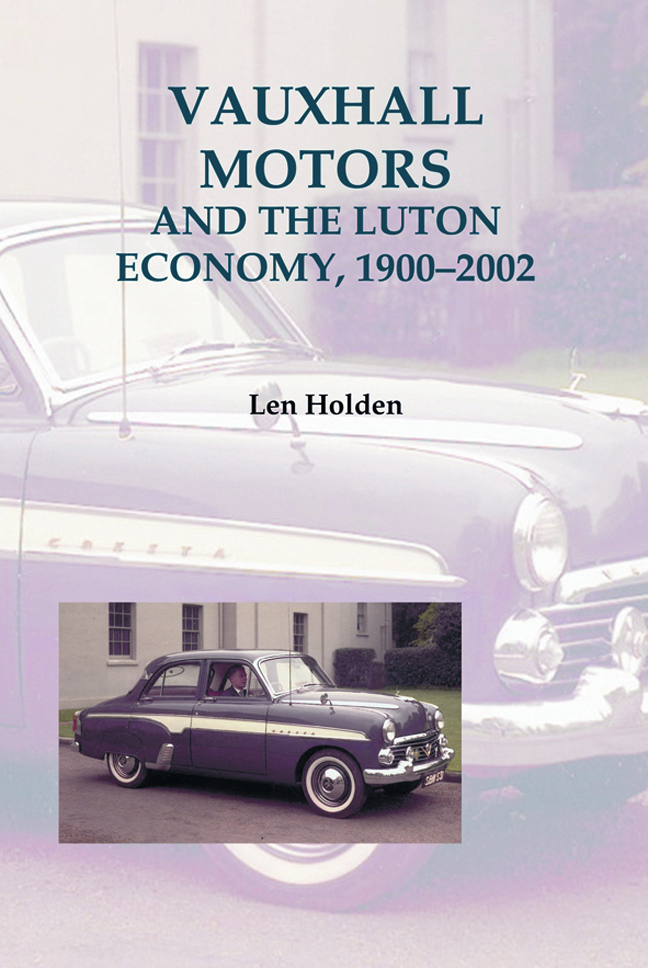Book contents
Three - The Rise of Vauxhall to the ‘Big Six’: 1930-1950
Published online by Cambridge University Press: 15 February 2024
Summary
Vauxhall's remarkable achievement in the 1930s was to secure a place among the ranks of the largest British car and commercial vehicle producers. By the end of the decade Vauxhall had joined Austin, Morris, Ford, Standard and Rootes, known as the ‘Big Six’. Particularly impressive was the exceptional growth of Vauxhall's light commercial vehicle production, sold under the trade name of ‘Bedford.’ Sales of Bedford trucks provided much of the source for the company's profits before the introduction of a truly all-British car in 1933 in the form of the ‘Light Six’ and the even more popular ‘Vauxhall Ten’ which commenced mass-production in 1938.
This achievement was largely due to the backing of General Motors which was able to invest finance in Vauxhall, build up the subsidiary's capital equipment, reorganise production along mass assembly lines, introduce intensive marketing techniques and enable the firm to benefit from the technical expertise and mechanical and design innovations of the American parent company. The skill in applying these assets to the British context in a successful manner rested heavily with the British management team led by Charles Bartlett. At the end of the 1920s the car industry was in a state of ‘near duopoly’ with Austin and Morris dominant. The following table shows that by the end of the decade a marked increase in the share of the market had been taken by Vauxhall, Standard, Rootes and Ford, rising from a combined percentage share of 11 per cent in 1929 to a peak of 48 per cent in 1938.
By the mid-1930s the car industry had developed into a form of oligopoly and the performance of the two American-owned firms was impressive, particularly that of Ford. Their combined share of the market rose from 4.55 per cent in 1929 to 27.9 per cent in 1937 and 1938. Morris, and to a lesser degree Austin, lost ground, but the sharpest decline was in the percentage share of the market held by firms outside the top six, which transformed duopoly into oligopoly. The reasons for these developments lay in the changing nature of the car market and the responses of each firm. The home market grew by 124 per cent in the period 1931-37 but net imports managed to capture only a tenth of the increase. Export success also added to British car sales and the height and peaks depended on them.
- Type
- Chapter
- Information
- Vauxhall Motors and the Luton Economy, 1900-2002 , pp. 37 - 60Publisher: Boydell & BrewerFirst published in: 2024

